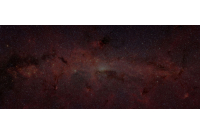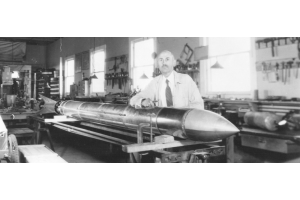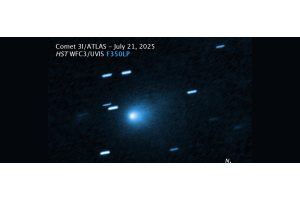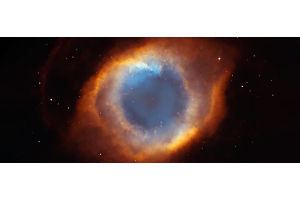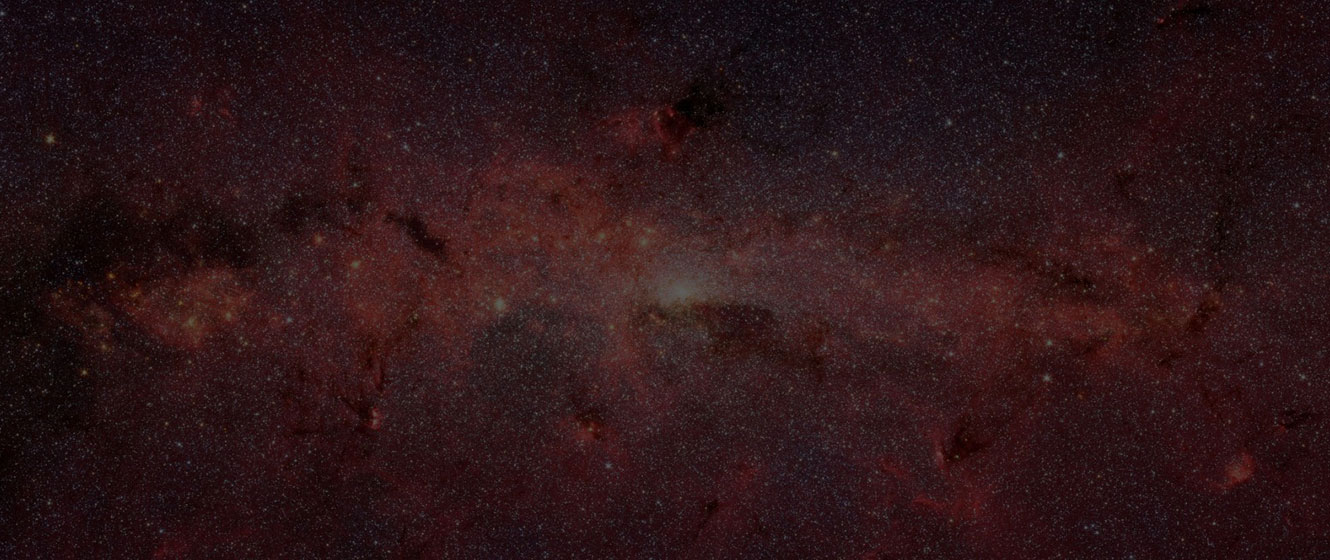
Comets have long mystified us Earthlings. Throughout history, hundreds of bright comets have been observed in the night sky. The most famous of which is Comet Halley, a bright periodic comet that makes itself known once every sixty years or so. But did you know that there are actually many comets out in the sky right now? Most, if not all of them, are only visible in a large telescope and at a dark sky location, but many amateur astronomers spend their nights looking for these faint celestial wanderers. This article will cover some of the best comets you might be able to see in the Fall & Winter of 2021.
Best telescopes for faint comets

Most comets are very, very small. Their appearance, for the most part, is similar to faint Messier objects. In fact, the only distinction some comets might have to the untrained eye is that they appear in different locations on different nights. For comets that are brighter than magnitude 6, we’d recommend at least a 6” telescope to be able to really see the coma. They are also very small, so a long focal length is helpful. Great telescopes in this category include the Celestron NextStar 6SE and 8SE.
For the really faint comets (fainter than magnitude 10), we recommend at minimum a 10” or a 12” telescope for most skies. A GoTo mount is also very useful to find these faint objects. These comets may be visible in smaller telescopes, but only at the darkest of skies. The Celestron CPC 1100 is an example of a telescope in this category that would work well on faint comets.
Comets Anticipated to be Brighter than Magnitude 10.0
The brightest anticipated comet of 2021 was Comet C/2021 A1 (Leonard) - or simply known as Comet Leonard. As of October 2021, the comet stands at a magnitude of +13.0 -- too faint to be seen without the largest of telescopes. However, as it reaches perihelion with the Sun in December, expect Leonard’s brightness to increase to as much as magnitude +6.0. This is still pretty faint, however, the comet’s position relative to the Sun might cause a “forward scattering” effect. This may increase the brightness of the comet to as much as magnitude +2.5, making it visible to the naked eye.
The comet will likely be visible beginning roughly December 5th, passing near the star Arcturus. By December 10th, the comet will likely be close to its brightest and will be visible in the east near the constellation of Hercules. Your best bet to view Leonard at this time would be through a pair of binoculars, especially at light-polluted locations, as it’s unlikely the comet will be brighter than magnitude +3.0 at this time. A telescope may reveal its coma and tail.
However, there are some downsides. While at its brightest, the comet's elongation from the Sun (or the distance from the Sun as it appears from Earth) is very low and is likely only to be glimpsed just before sunrise and sunset in December. You may only at best have a 30-minute window to observe Comet Leonard in early-to-mid December. It’s also possible that the comet doesn’t appear as bright as anticipated (or perhaps breaks up entirely). Comets are incredibly fickle objects, and it’s possible that Leonard puts on a beautiful celestial show or is a complete dud. Keep your eyes peeled to the news as Comet Leonard makes its approach!
Path of Comet Leonard throughout the rest of the year. Source: Comets and Asteroids at Observatory H47
Another comet to search for is Comet 67P/Churyumov-Gerasimenko. The comet has undergone a fairly rapid increase in brightness over the last few weeks. While not nearly as bright as Comet Leonard, Comet 67P is visible in the sky right now as of writing this article (October 2021) at magnitude ~10. Comet 67P is a “periodic” comet (thus the ‘P’ in its name), similar to Comet Halley, and can be spotted with a medium-sized telescope at a dark sky location. It is also famous for being the comet visited by the European Space Agency’s Rosetta probe, which landed a small lander on the surface in 2014. We recommend a telescope at a minimum of 6” in aperture to observe this comet. Dark skies will certainly help too.
Lastly, there is Comet C/2019 L3 (ATLAS) that can be found near the constellations of Auriga and Lynx throughout October and November. It has steadily brightened and is only slightly dimmer than Comet 67P/Churyumov-Gerasimenko.
Comets Fainter than Magnitude 10.0
There will be a few other comets that’ll be visible throughout the rest of this year, although none of them are likely to get brighter than magnitude 10. Comet 6P/d’Arrest will be visible and close to the bright globular cluster M55 on the night of October 15th. Lastly, should you be up for a significant challenge, Comet C/2017 K2 (PANSTARRS) will be visible early in the morning in the constellation of Hercules. Its apparent magnitude will be close to 12, making it visible only in the largest of amateur telescopes. We’d recommend a 10-12” telescope and very dark skies to be able to glimpse these faint objects.
Importing Comets into Stellarium
If you want to find these comets yourself, we recommend using a free planetarium software known as Stellarium. Stellarium doesn’t automatically come with a list of every comet in the sky, so you’ll need to import them directly. To do this, open the Stellarium app on your PC. From there, click on the “configuration window” on the left-hand side. Then go to “Plugins”, and scroll down to “Solar System Editor”.
Once there, click “configure” and also leave “load at startup” check marked so that you can do this for future comets. Go to “Solar System”, and go to the bottom under “Add new Minor Solar System objects” and click “important orbital elements in MPC format”. From there, look for the option box that says “Select the type” and change it from “asteroids” to “comets”.
Then find the option box that says “Select the source” and from the list click “Gideon van Buitenen: comets”. Press “Get orbital elements”. Search for your comet (Ex: C/2017 K2), checkmark it, and then press “add objects”. Restart Stellarium and you should be able to find the comet you just imported. Happy hunting!

Questions? Contact Us!
Struggling to spot any of these comets? Looking for a telescope that will allow you to locate a specific target? Send a message to our non-commissioned product advisors! Our team of telescope experts are happy to point you in the right direction.
Click the arrow above to see MLA, APA, and Chicago Manual of Style citations.
MLA:
Denny, Kyle. "Best Fall & Winter Comets in 2021," AstronomyHub, High Point Scientific, 27 Oct. 2021, https://www.highpointscientific.com/astronomy-hub/post/best-fall-and-winter-comets-in-2021.
APA:
Denny, K. (2021, October 27). Best fall & winter comets in 2021. High Point Scientific. https://www.highpointscientific.com/astronomy-hub/post/best-fall-and-winter-comets-in-2021
Chicago Manual of Style:
Bibliography:
Kyle Denny. "Best Fall & Winter Comets in 2021," AstronomyHub (blog), High Point Scientific, October 27, 2021. https://www.highpointscientific.com/astronomy-hub/post/best-fall-and-winter-comets-in-2021.
Footnote:
Kyle Denny, "Best Fall & Winter Comets in 2021," AstronomyHub, High Point Scientific, October 27, 2021, https://www.highpointscientific.com/astronomy-hub/post/best-fall-and-winter-comets-in-2021.
This Article was Last Updated on 08/18/2023








